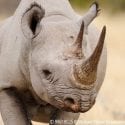
Students research an endangered species and create a poster that teaches others about the importance of protecting...
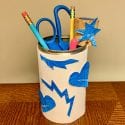
Students identify ways to reduce solid waste by creatively reusing items that might be disposed of. Students...

Elementary-level reading on communities and the spaces we all share.
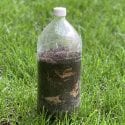
Students conduct a composting investigation to observe if and how different materials decompose over time in a...
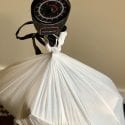
Students track their lunch waste every day for a week and test strategies for reducing the amount...
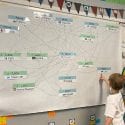
Students construct a word web to show the possible cause and effect relationships of a growing population....
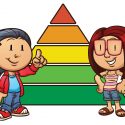
Elementary-level reading on people’s needs and wants, and how individuals and groups access the things they need.

A primer for young learners to be used as an introduction to population themes and concepts.
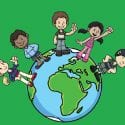
Elementary-level reading that discusses populations and the habitats that support them.
PopEd Impact
campuses
"The activities not only bring out important content, but they also provide real-world context for environmental, population and sustainability issues. They engage participants in very thought-provoking and critical-thinking discussions.”
Helen de la Maza, Environmental Educator, Irvine, CA

